If you’re looking for a simple and effective way to purify your water without relying on chemicals or expensive equipment, this article is for you. Discover easy and natural methods to ensure that your water is safe and clean, without compromising on the environment or your health. From simple filtration techniques to using natural elements, we’ve got you covered. Keep reading to find out how you can purify your water naturally!
Boiling
Boiling water is one of the most traditional and effective methods of purifying water. The process is simple – all you need is a heat source and a pot. To begin, fill your pot with water and bring it to a rolling boil. Boil the water for at least one minute, or three minutes if you are at high altitude. This will kill most of the harmful bacteria, viruses, and parasites that may be present in the water.
Filtration
If you want to go beyond boiling to ensure the purity of your water, filtration is an excellent option. There are various natural filtration methods you can use to remove impurities from your water. One such method is using charcoal. This porous substance has the ability to absorb many contaminants, including chemicals and heavy metals. You can create a simple charcoal filter by layering crushed charcoal in a container and pouring the water through it.
Another natural filtration method is using sand and gravel. This method mimics the natural filtration process that occurs in rivers and streams. By passing the water through layers of sand and gravel, impurities are physically trapped, leaving you with cleaner water. You can create your own sand and gravel filter by layering them in a container and allowing the water to flow through it slowly.
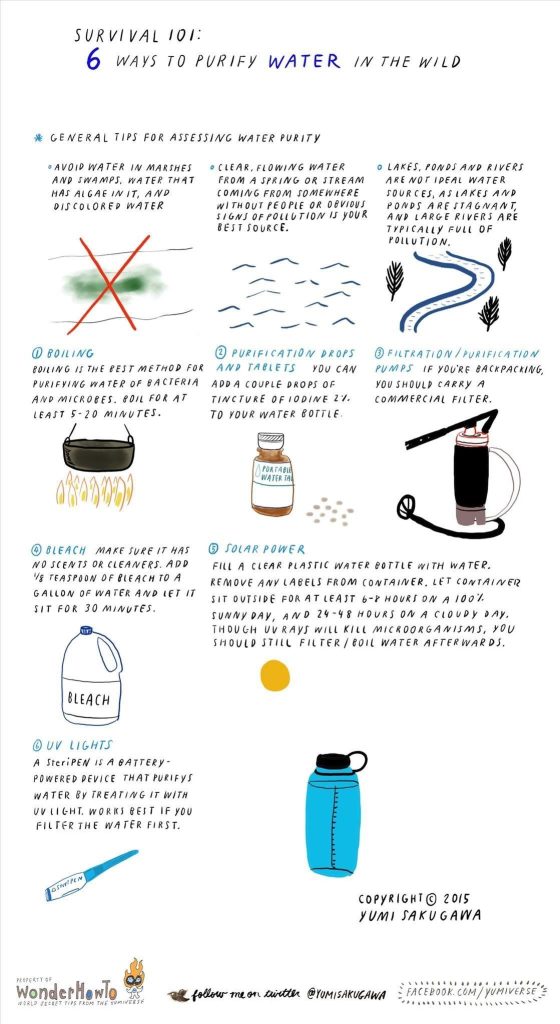

This image is property of img.wonderhowto.com.
Solar Disinfection
Solar disinfection, also known as SODIS, is a method that utilizes the power of the sun to purify water. The process is simple but requires time. Fill a transparent container with water and place it in direct sunlight for at least six hours on a sunny day, or two days if the weather is cloudy. The UV radiation from the sun kills most pathogens, making the water safe to drink. It is essential to use clear containers and avoid using plastic bottles that may release harmful chemicals under prolonged exposure to sunlight.
Distillation
Distillation is a purification method that separates impurities from water through the process of evaporation and condensation. The basic principle is to heat the water to create steam, which is then collected and cooled to obtain pure water. You can create a DIY solar still by placing a container with water under a plastic sheet and allowing the sun to heat the water, causing evaporation and condensation. Alternatively, commercial distillers are available for more efficient and convenient water distillation.
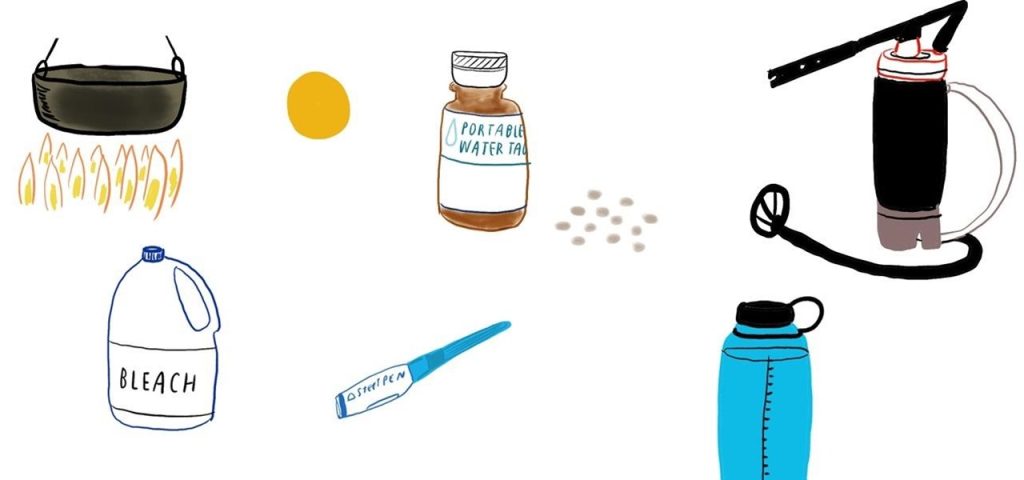

This image is property of img.wonderhowto.com.
Using Plants for Purification
Certain aquatic plants have the ability to naturally purify water by absorbing contaminants through their roots and leaves. One such plant is the water hyacinth. This floating plant not only helps to filter out impurities but also adds oxygen to the water. Another plant that is commonly used for water purification is duckweed. This plant floats on the surface of the water and absorbs excess nutrients and contaminants, helping to improve water quality.
Using Environmental Factors
Environmental factors such as ultraviolet (UV) radiation, ozone, and temperature can also play a role in water purification. UV radiation from the sun can help kill bacteria and viruses in water exposed to direct sunlight. Ozone, a highly reactive form of oxygen, can be generated through ozone generators or by using ozone water treatment systems. Ozone effectively kills bacteria, viruses, and other pathogens. Temperature can also impact water purification, as certain pathogens are more tolerant to higher temperatures. Boiling water is an excellent way to ensure the water reaches a temperature that effectively kills any harmful microorganisms.
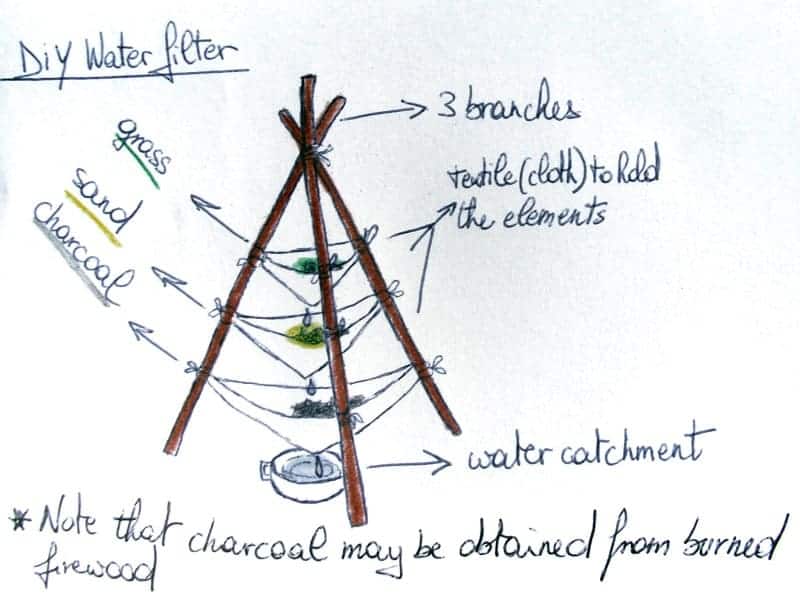

This image is property of www.primalsurvivor.net.
Chemical Treatment
Chemical treatment methods can be effective for water purification when natural options are not readily available. Chlorination is a common method that involves adding chlorine to water to kill pathogens. This method is widely used in municipal water treatment systems. Alternatively, iodine tablets can be used for water purification. These tablets release iodine into the water, effectively killing bacteria, viruses, and parasites. However, it is important to follow the instructions carefully as excessive iodine consumption can be harmful. Hydrogen peroxide can also be used for water disinfection, but it should be used in small quantities and diluted properly.
Water Storage
Proper water storage is crucial to maintaining the purity of water. It is important to use containers specifically designed for storing water, such as food-grade plastic containers or glass bottles. These containers should be clean and free of any contaminants before filling them with water. Regularly clean and sanitize your water storage containers to prevent the growth of bacteria or algae. It is also important to store water away from direct sunlight to prevent the growth of bacteria or algae. Additionally, it is advisable to avoid using plastic containers that may leach harmful chemicals into the water over time.
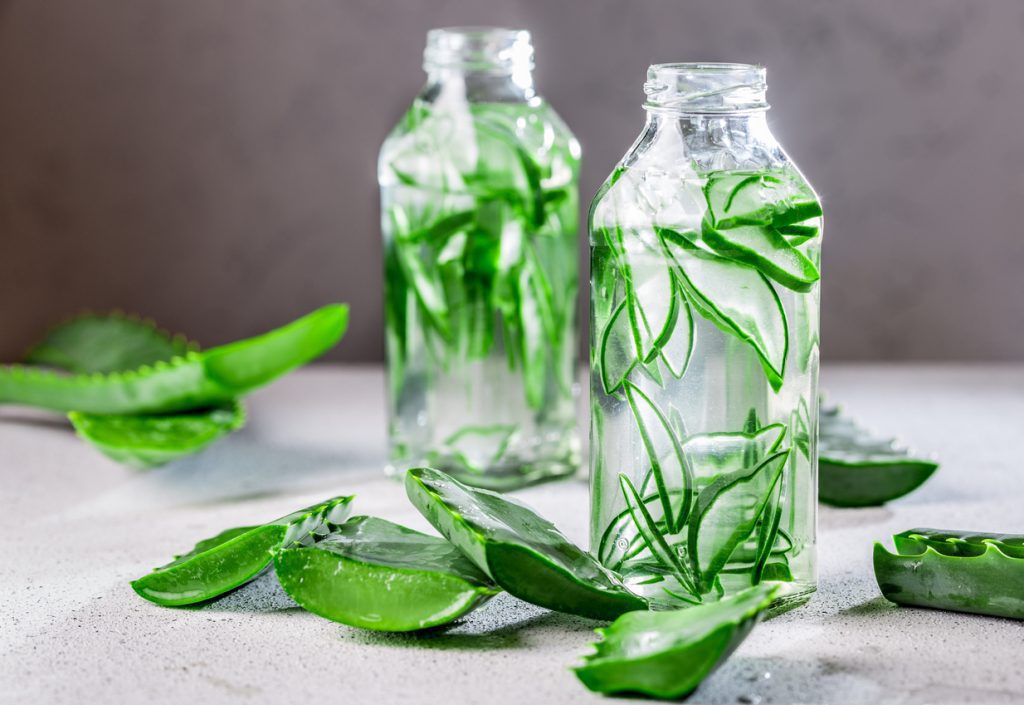

This image is property of www.healthfitnessrevolution.com.
Natural Water Sources
If you are in a situation where you need to find water from natural sources, it is essential to know how to properly purify it. Spring water is generally considered safe to drink as long as it comes from a clean and protected source. However, it is always a good idea to test spring water for any potential contaminants. Rainwater harvesting is another option, especially during periods of ample rainfall. Collecting rainwater in clean containers and filtering it through a cloth or fine mesh can help remove larger impurities. Lastly, if you find yourself near a river or stream, filtering and boiling the water is essential to remove any potential pathogens and make it safe for drinking.
Water Testing
To ensure the safety of the water you are consuming, it is important to check its quality through water testing. DIY water testing kits are available that can give you a basic understanding of the water’s quality. These kits typically check for pH levels, chlorine levels, and the presence of certain contaminants. For a more comprehensive analysis, you can send a water sample to a certified laboratory. They will perform a detailed examination of the water, checking for various bacteria, viruses, parasites, heavy metals, and chemicals. Water testing provides valuable information that allows you to take necessary actions to ensure the purity and safety of the water you consume.
In conclusion, there are various natural methods for purifying water, each with its own advantages and limitations. Boiling, filtration, solar disinfection, distillation, the use of plants, environmental factors, chemical treatment, proper water storage, and testing all play important roles in ensuring the purity of water. By understanding and utilizing these methods, you can have access to clean and safe drinking water even in challenging situations.
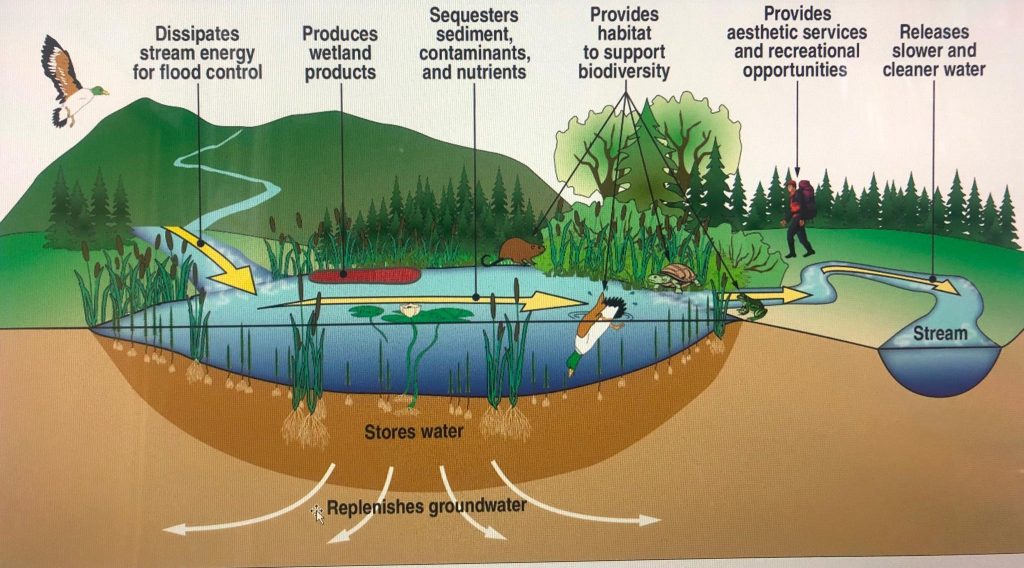

This image is property of tibetnature.net.




